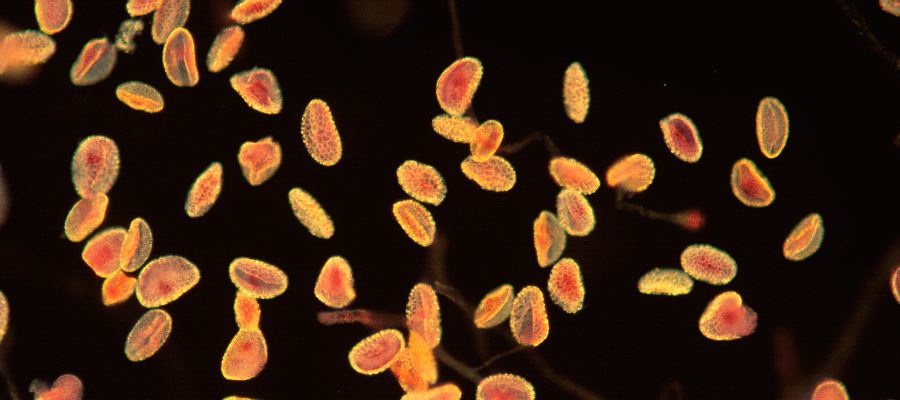Services > AAE > Soil Botany Pollen
Soils, Botany and Pollen
See also:
Forensic Anthropology
Forensic Archaeology
Search Assessment and Mapping Service
UAVs
Walkover Survey
Archaeological Excavation
3D Crime Scene Modelling
Diatoms
3D Digital Body Reconstruction
Entomology
Bones ID

Soil, botany and pollen recovered from items of interest (including vehicles, weapons, digging implements, footwear, and clothing) can be analysed to help understand physical associations between suspects, victims, and crime scenes. They can also be used to understand whether a body might have been moved after death.
These analyses can also aid in searches for missing persons by providing profiles of the soils and vegetation recovered from a suspect’s clothing or possessions. These can be used to identify the physical characteristics of the area that they have visited and to narrow the search parameters.
Soils
Soil composition can vary significantly, even over short distances, and the analysis of both inorganic and organic components provides an extremely detailed understanding of the soil character. This means that soil can provide a highly discriminating form of trace evidence.
Botany
Vegetation samples recovered from items of interest and crime scenes can be classified to the species level, and full plant identification is often possible. Plant types are variable between different environments and within different parts of the same environment and can, therefore, provide an informative and discriminating form of trace evidence.
Pollen (palynology)
Pollen grains vary between plants and can be differentiated by their distinctive shapes and sizes. The types and proportions of species present are used to characterise samples and to enable comparisons between samples.
These evidence types can assist with:
- Understanding physical associations between pertinent places, people, and property. For example, understanding associations between suspects and deposition sites.
- Using samples taken from items of interest or vehicles to profile (geo-provenance) unknown environments. This can narrow search parameters during searches for missing people or hidden items.
- Determining whether multiple locations of interest might be represented by samples recovered from individual items or vehicles
- Tracing an item of interest to its place of origin, or key locations during its transport (such as drugs, documents, weapons, money or counterfeit goods)
- Use where other evidence types are absent or cannot be used, for example, if there is known or declared contact between a victim and suspect that might exclude the value of potential DNA evidence
- Vegetation and pollen can provide indications of season and timeframes and can assist with estimating when a body or other items of interest might have been deposited
- Differential rates of vegetation growth can provide timeframes for the deposition of a body or items of interest
- Dating vegetation growth can exclude portions of search areas for burials within specific timeframes
- Changes in vegetation growth within an area can indicate the disturbance of soils and can aid in prioritising search areas for buried remains or items of interest
- Determining whether vegetation concealing a body or item of interest has been deliberately removed from the parent plant or has accumulated naturally, and providing information on timeframes for this activity
